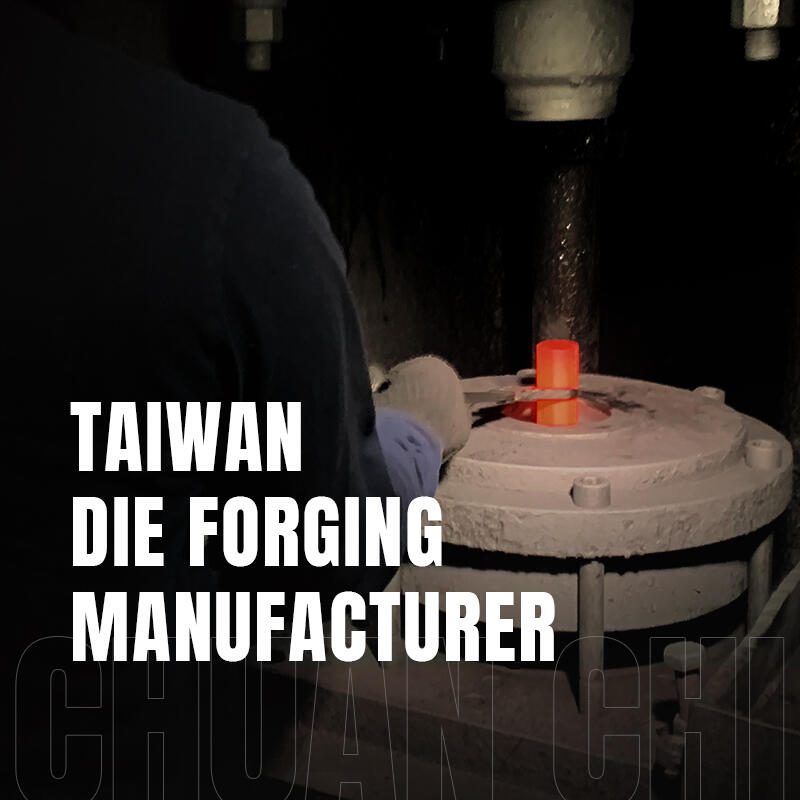Cold forging is a versatile and efficient manufacturing process that operates near room temperature. It typically involves impression die forging or true closed die forging, where lubricants and circular dies are used. The process is most commonly applied to carbon and standard alloy steel forgings, which are generally symmetrical and rarely exceed 25 pounds in weight.

Cold Forging Process
Cold forging is a process that shapes material into the desired form using displacement techniques. At room temperature, compressive force squeezes the metal between a punch and a die until the material conforms to the die’s contours. This process retains the inherent properties of the material, increases its strength and hardness, and reduces waste and subsequent machining requirements.
Various Cold Forging Techniques:
- Rolling: Continuously compresses the metal to make it thinner and longer.
- Pressing: Uses a stamping press to shape metal sheets or blanks into the desired form.
- Drawing: Pulls metal through a die to create long, thin wire or tubing.
- Spinning: Utilizes rotational motion to shape metal sheets into cylindrical or conical parts.
- Heading: Suitable for forging long-axis parts like bolts and screws.
- Extruding: Forces metal through a die to produce elongated parts with specific cross-sections.
Advantages of Cold Forging:
- Higher precision
- Better surface finish
- Superior mechanical properties
- Lower energy consumption (performed at room temperature)
- More environmentally friendly


